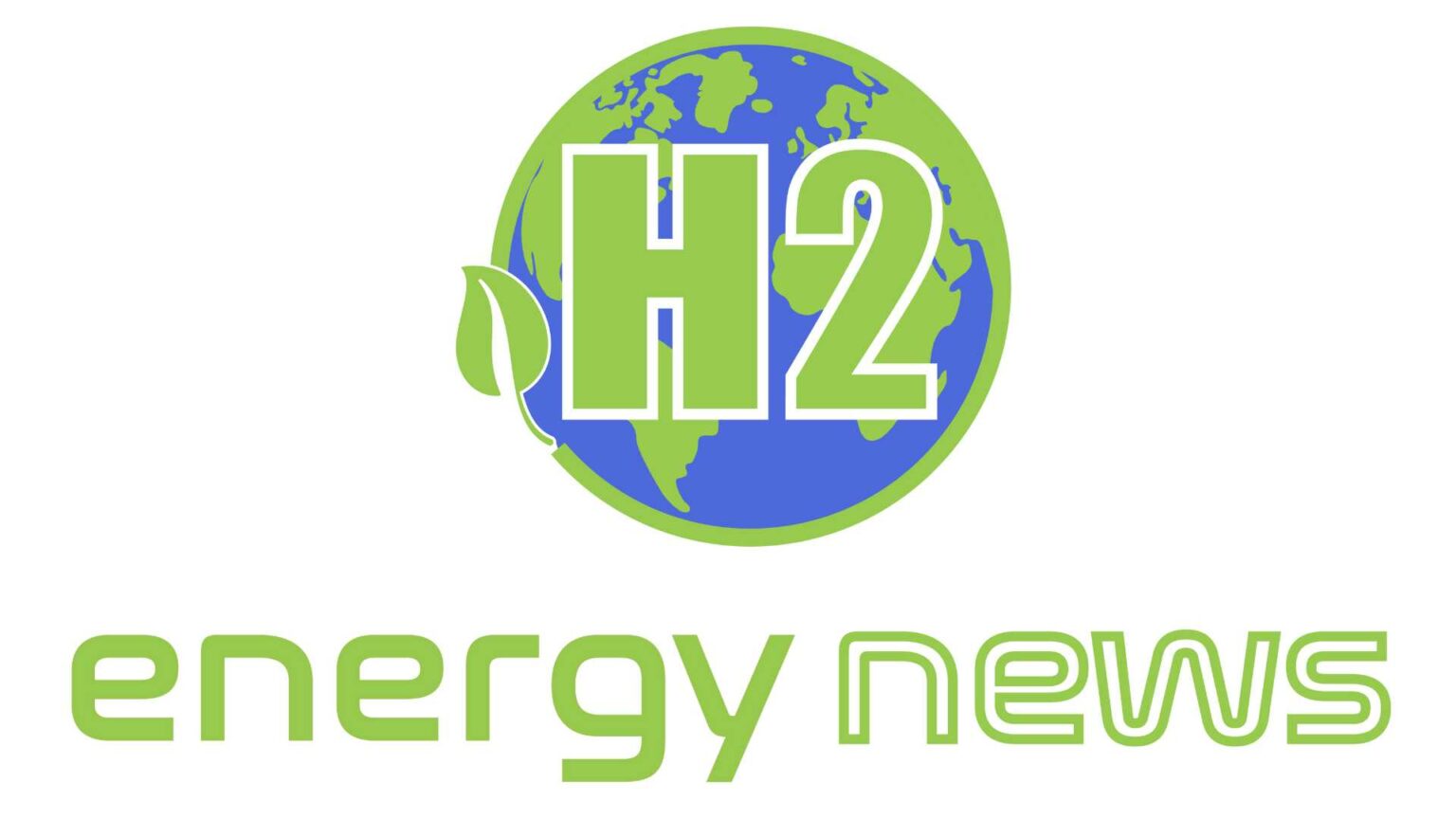Efforts are underway to develop and build what could be the marine industry’s first floating green hydrogen fueling station.
Hornblower Group said today that it has been awarded a $8 million grant by the United States Department of Energy to support a three-year initiative that began in 2021 to manufacture green hydrogen using hydroelectric power. The DOE awarded the grant as part of its effort to develop inexpensive hydrogen production, storage, distribution, and consumption.
The project’s objective is to show the use of zero-carbon hydroelectric energy in water electrolysis, generating green hydrogen for ferry and maritime vessels, and expanding hydrogen applications on land, such as hydrogen fuel cell vehicles. Additionally, the floating and moveable system is compatible with other zero-carbon energy sources, such as offshore wind. Hornblower anticipates fueling to be accessible in 2024.
“While hydrogen technology will almost certainly continue to play a significant role in zero-emission energy efforts for years to come, Hornblower is committed to sustainable practices on land and water,” said Cameron Clark, Hornblower Group’s chief strategy and business development officer. “We are grateful for the DOE’s leadership and support in demonstrating and advancing promising green energy projects.”
Hornblower claims that this project will demonstrate the feasibility and viability of hydrogen production, storage, and fueling on the water, while also establishing strong scientific methods, procedures, and operating parameters. Additionally, training materials will be developed for the safe and routine creation and storage of electrolyzed hydrogen, as well as the management of hydrogen generated from water to water and water to land, as well as fuel cell power transfer.
The project’s objective is to show a world-first hydrogen production, storage, and fueling capability capable of producing up to 530 kg of hydrogen per day. Commercial hydrogen technology will be introduced to the marine industry through an integrated system of green hydrogen production via water electrolysis and hydrogen power generation via fuel cells, both mounted on the floating station.
Additionally, they intend to assist them in developing and introducing some of the world’s first commercial hydrogen-powered vessels. Hornblower Group will manage the Sea Change in conjunction with SWITCH Maritime. The Sea Change is the world’s first zero-emission commercial ferry powered solely by hydrogen fuel cell technology. The Sea Change is a 70-foot, 75-passenger commuter ferry that will be launched in the summer of 2021. It will be powered by 360 kW of fuel cells and 100 kWh of lithium-ion batteries, as well as two 300 kW electric traction propulsion motors.
The Sea Change is now undergoing testing and proof-of-concept trials with the United States Coast Guard in Puget Sound, near the All American Marine shipyard in Bellingham, Washington, where it was built. Once the Coast Guard certification process is complete, the ferry will be relocated to San Francisco Bay, where it will conduct a test program with the California Air Resources Board and begin carrying passengers.
Hornblower is also developing a fuel cell-battery hybrid ferry with funding from the Department of Transportation’s Maritime Administration. The project, dubbed Discover Zero, envisions a 149-foot-long ferry capable of reaching a top speed of 12 knots and carrying 600 people.
Sandia National Laboratories and the Port of San Francisco are partners in the project, as are private sector providers Air Liquide, BayoTech Group, Nel Hydrogen, and Glosten.
